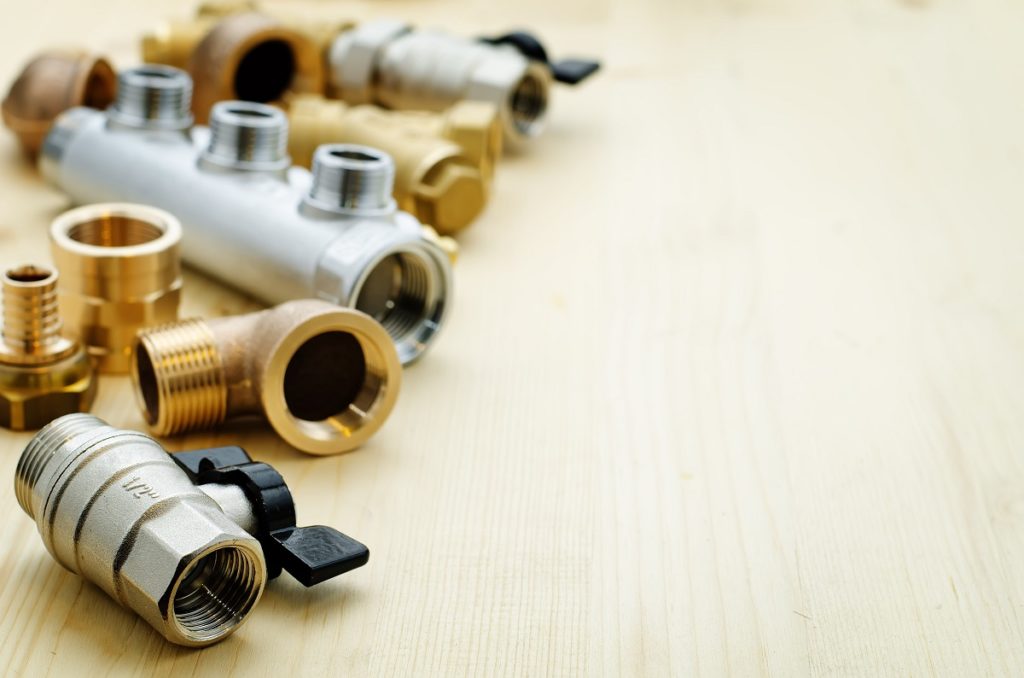Now that we have pipe cutters, why would you want to use a hacksaw? There are pros and cons with each tool, but what it comes down to is how much piping you’re going to cut and what type of material you’ll be cutting. Hacksaws are general-purpose tools, but pipe cutters are more specific in the task they do and, as such, produce much better results when you need pipes cut.
Hacksaws Are All Rounders

A hacksaw is part of any tradesman’s or hobbyist’s set of tools. It’s part of the essential tools to have, including a hammer and a set of screwdrivers. If you’re a builder, plumber, or electrician, you’re bound to have this somewhere in your van or home.
A hacksaw can cut through tiles, wood, and relatively small diameter piping, even if the pipe is made of steel. Many plumbers electricians or builders enjoy the versatility of the hacksaw, and almost any cutting job can be done with it. Once you get familiar with a hacksaw, it’s quite easy to see it as an indispensable tool.
There’s also the fact that there’s something direct about using a hacksaw. Ask a woodcarver, and they’ll often mention how working with wood and the tools they use gives them a better hands-on experience and appreciation for the craft. A hacksaw, though a simple tool, gives you an immediate feel for the job you’re doing.
Pipe Cutters Are Better for Pipes
However, a pipe cutter is a much more efficient way to cut plastic or metal pipes. It gets the job done quickly and smoothly. Finishes tend to be much smoother, and the line of the cut is perfectly straight. With a hacksaw, there is a chance that you will cut at an angle. That is almost impossible with a pipe cutter as pipes are held in the perfect position for the blade to circle, score, and remove the material. That produces precise cuts.
The uneven force applied when using a hacksaw means that there will be a need to deburr or smooth the edge of the cut. No matter how proficient you become with a saw, the way that it works means that more often than not, you will get a jagged edge. With a pipe cutter, force is always even, and the motions of the cut that rotate around the whole pipe mean that rough edges are much less pronounced. You may not need to do any finishing work with a pipe cutter.
Pipe Cutters Are Size and Type Specific
One downside to a pipe cutter is that they don’t tend to accommodate a broad range of pipe sizes. A hacksaw has enough clearance to cut almost any pipe you need unless it is a small junior hacksaw.
Although there are general pipe cutters that can handle most materials, the job is more manageable and efficient if you get the right type of pipe cutter for the correct type of material. You can use a pipe cutter made to cut copper on a range of material, but you’ll find that this will quickly dull the blade. Steel and iron pipes require heavy-duty cutters. That means that if you’re going to cut many different types, you’re going to need more than one pipe cutter.
If you’re not going to cut a range of different material pipes often, then a hacksaw is probably enough for your needs. However, if your hobby or job involves cutting pipes frequently, then it’s worth the cost of getting a couple of different types of pipe cutters.
